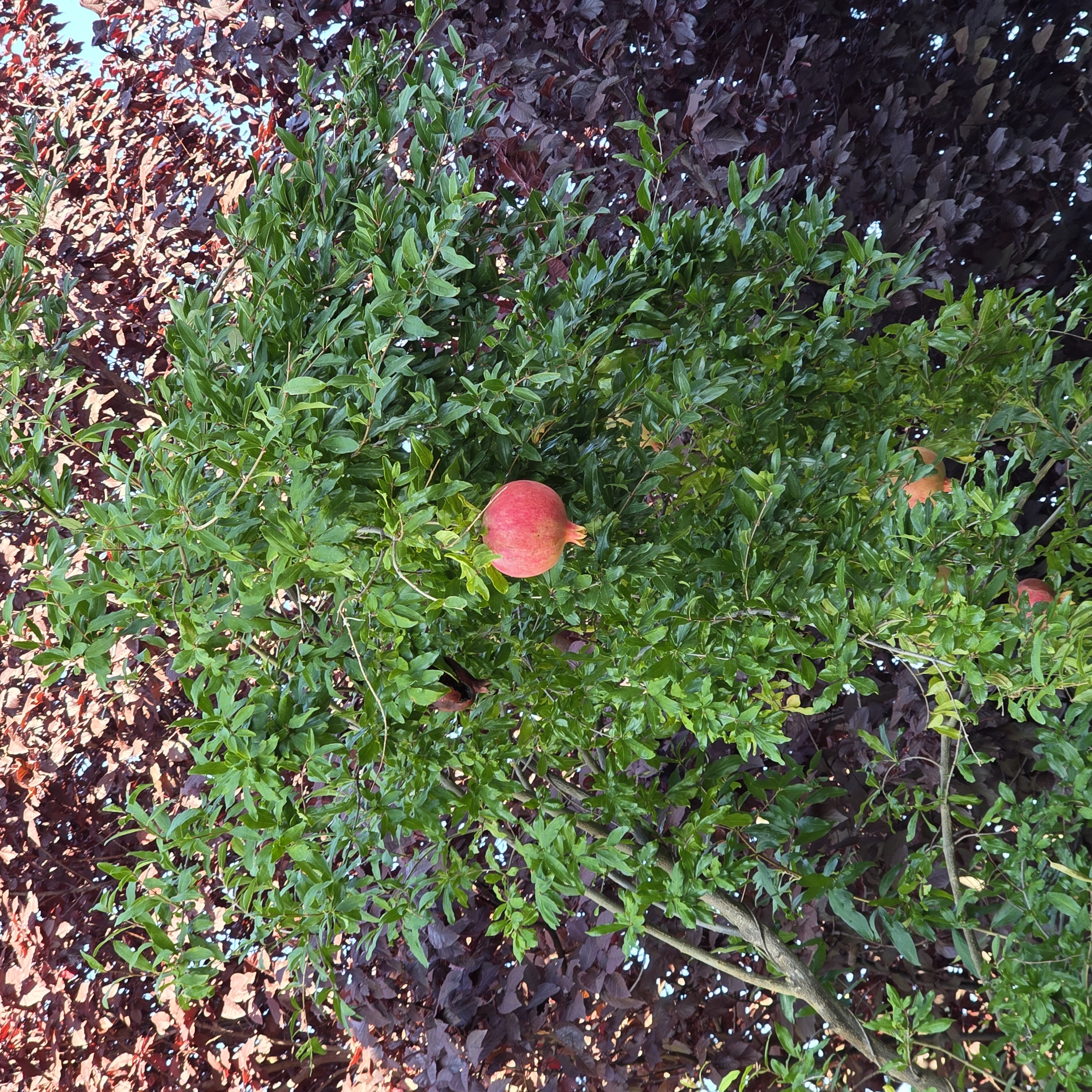How to Cook like Mum!
- Payal M.

- Sep 28, 2021
- 4 min read
Subscribe here to get the newest recipes first!

Today I am sharing the basic ingredients that mum uses in her cooking so that you too can cook like mum! As far as I have seen, my mum's food is a good representation of Indo-Fijian food. Almost every Indo-Fijian cooks with the same basic ingredients. These ingredients are second nature to me but recently I have realized that that probably not everyone has these ingredients just laying around at home. Oops. So I will break it down step-by-step as usual.
First ingredient is a good quality vegetable oil. Mum uses extra virgin olive oil as do I. However, our ancestors used what was available to them and cooked with fats like coconut oil, mustard oil and ghee. Many cultures have been cooking with these types of ingredients for several generations. Anyways, as industrialization increased in Fiji, cooking oils became processed too and oils like soy, canola and vegetable oil slowly replaced the older oils that folks used to cook with. I find it funny that all these old-school cooking fats are now trendy in the food world and are touted as some new finding.

The next step in making curry is the addition of whole spices. So after the oil is heated, mustard and cumin seeds are added to the hot oil. You will immediately see and smell the seeds sputtering and cooking. This should only take a couple of seconds otherwise the seeds will burn and create a bitter taste. We also add curry leaves at this point. Curry leaves are something I grew up with and we use it extensively in our cooking. The closest substitute would be bay leaves but in a lesser quantity. If you don’t have curry leaves, then you can leave it out.

Next come the aromatics. We use yellow/ white onions, garlic, ginger and chillies for this step. These four ingredients are used in almost every dish. First we add diced onions and cook them until the edges get brown. Then the crushed garlic, ginger and chillies get added and also get cooked until slight browning occurs. By this time, the whole house starts to smell divine and even the neighbors will know you are cooking! If you cannot handle much spicy food like me, then leave the chillies out. Obvs.

Then the final step is the ground spices. Mum uses turmeric and garam masala, a mixture of toasted, whole spices that are ground up, in this step. So I like to measure out ingredients but mum from years of cooking is able to just eyeball the measurements. In an effort to eventually be like mum, I have observed that we usually add twice as much garam masala as turmeric. So if you follow that general rule, I think you will be alright. Only cook the masalas for maybe 30 seconds in the hot oil. Once you add the masala and turmeric to the hot oil, you should stir in the vegetable/ meat you are cooking pretty quickly otherwise the masalas will burn and turn bitter. After you give everything a good stir, you will be able to tell if you need more masala or turmeric and you can adjust accordingly. This is the point at which we like to salt everything which is typically done to taste.
Meat/ seafood dishes are more heavily spiced to match the robust flavors of meats. Sometimes mum will add her special blend of masalas which our family calls magic masala. After the above steps, we let the meat brown and release their juices. Once juices are cooked off, we add water depending on whether we want a gravy (lutput) or broth (soorwa) and cook until the meat is cooked through. Our meats are always cooked well-done and extremely tasty! Please check out the meat and seafood dishes on the blog! Just click on the links!

I did not realize how many vegetables we ate until I started this blog. In fact, we eat vegetables almost every day and cook meat/ seafood occasionally or on our non-prayer days. Our food is very vegetarian and vegan-friendly. Our vegetable dishes are pretty delicately spiced. Almost every vegetable that I know of can be turned into a curry! They don’t need to be battered or processed or cheesed up to be enjoyed. Please check out the vegetarian and vegan dishes on the website!

So if you stick to these few basic rules, you should be cooking like an Indo-Fijian in no time! If you are looking for a new cooking tool to add to your kitchen, we like to store spices for everyday cooking in a masala tin like in the picture. That way, you just have to open the tin and use the spices as needed for daily cooking. It is extremely convenient and did I mention cute! We also have a special mortar and pestle called "kootni" to crush the ginger, garlic and chilies. It is very effective. However, recently we have been using a food processor to crush the garlic and ginger in big batches. Then we freeze them down in ice cube trays. Very convenient to cook with everything already ready to go!

I hope you found today's post useful and that it will enhance your Indo-Fijian cooking skills! Please share with me your cooking adventures. Happy cooking!
Check out the full collection of recipes!
Would love to get your feedback in the comments section below!
Tag me on social media if you try any of these recipes #cookingwithmum2020 or @cookingwithmum2020
Follow me on:
Subscribe here to get the newest recipes first!






Comments